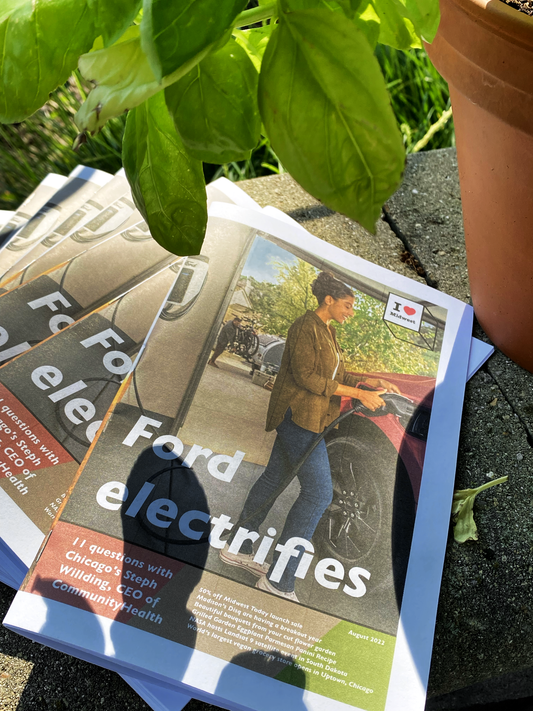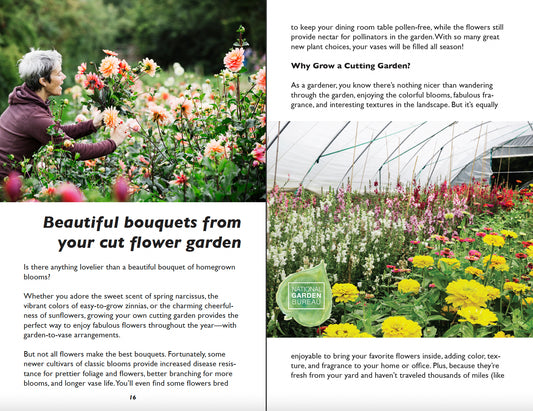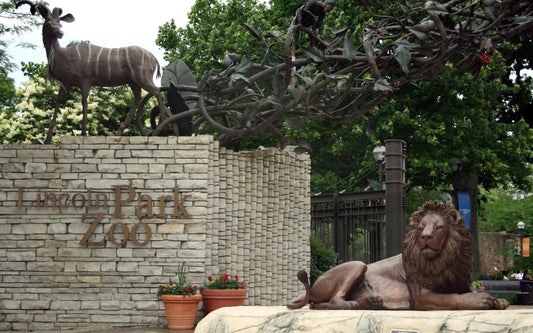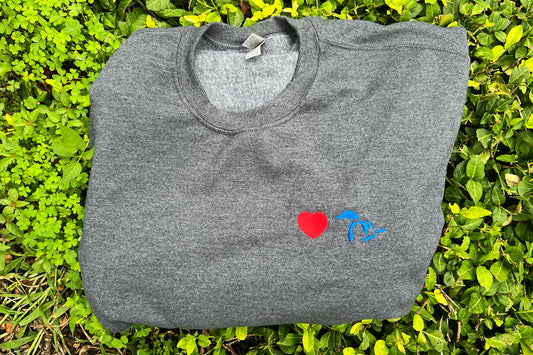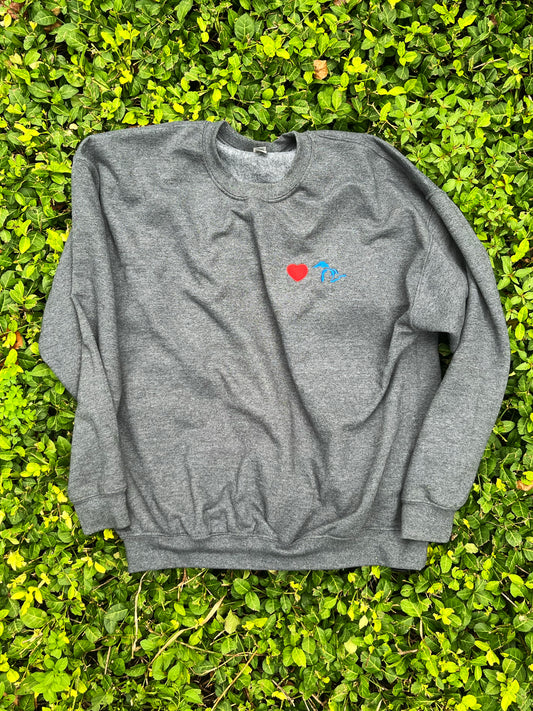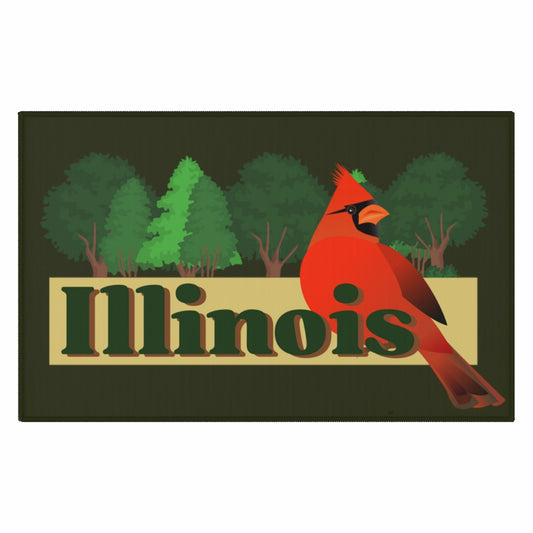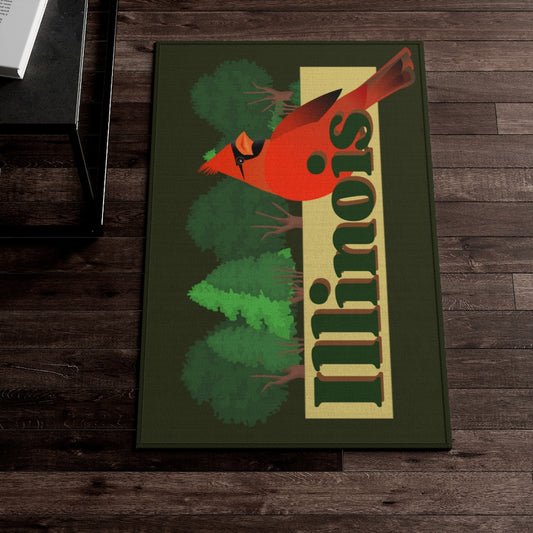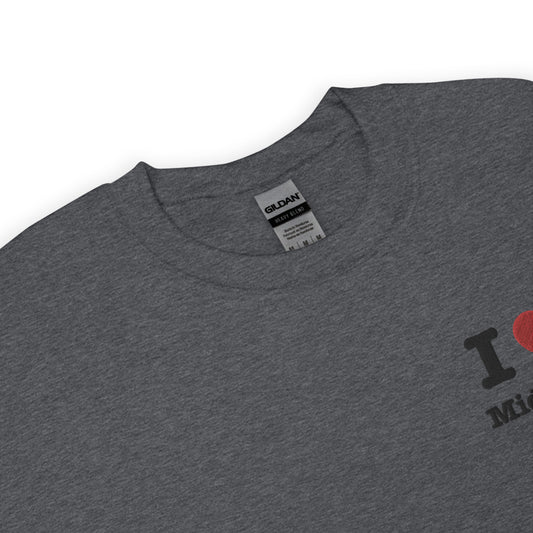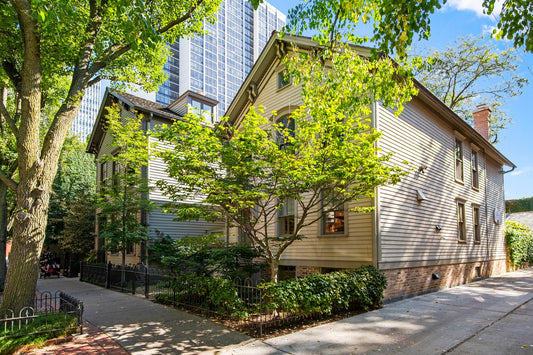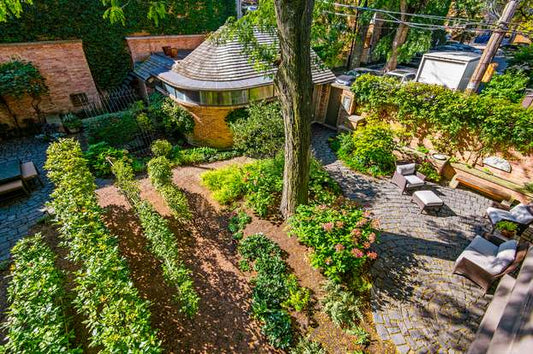As fall nears and the warm sun of summer sets, you may begin to notice seed pods developing on your milkweed plants. These pods can be harvested for their seeds and planted for next year. This means that one milkweed plant can become a grove of pollinator friendly plants, with a little planning.
If your milkweed plants develop seed pods during the end of summer, wait for them to crack open, just before the seeds within blow away in the wind. If you time this process well, you will get a full pod of seeds to plant for next year.
When the seed pods open up, cut them from the milkweed plant, and peel open the seed pod. Within will be a great number of seeds that are now ready to be planted.

Plant the seeds wherever you'd like milkweed plants to grow next year, as milkweed seeds prefer to overwinter, growing the following year after they dropped from the original plant.
"Fall is the best time for planting milkweed seeds. The seeds won't germinate until spring because they require natural freezing and thawing to soften the seed coat so that the embryo plant can grow. This process stops seedlings from emerging in the fall and being killed by winter cold," as recommended by the Illinois Department of Natural Resources.
If you can harvest a few seed pods from milkweed plants, then you can potentially grow several-to-many brand new, free milkweed plants. When a perennial milkweed can cost up to $20 from a garden center, it can be worth it to utilize the natural resources you may already have in your yard.

